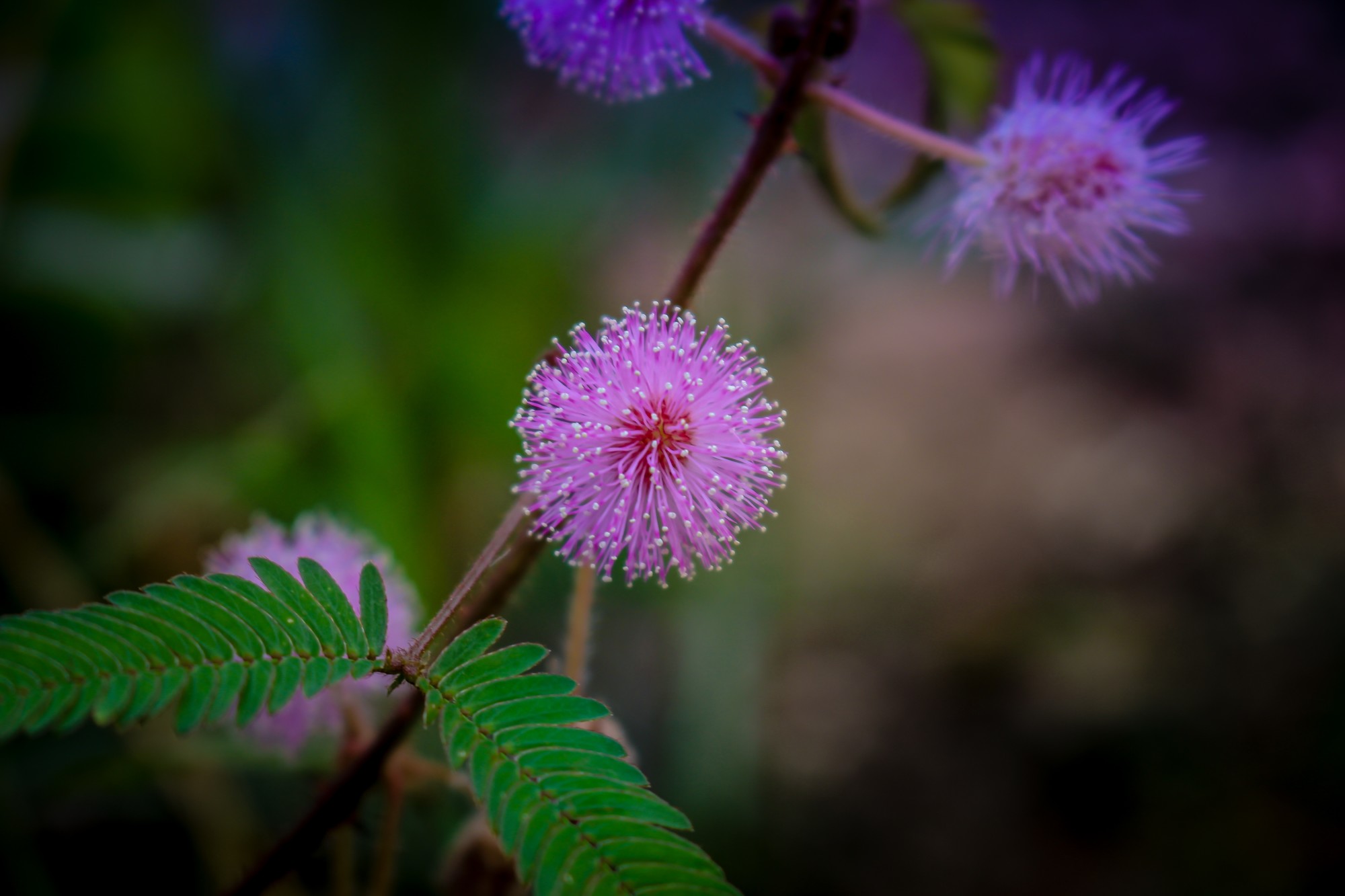Plant parenting is become more and more popular, especially among the millennial population.
If you’re looking to become a plant parent, then you need to learn all you can about the various plants out there. One plant you definitely need to learn about is the mimosa pudica, which has been growing in popularity.
Also known as the sensitive plant, the mimosa pudica is growing in popularity for a good reason.
Check out this guide to discover the top things you need to know about the Mimosa Pudica plant.
1. Plant Origins
The mimosa pudica is an herbaceous plant that is native to South America and Central America. It belongs to the legume family, and today, it can be found in subtropical and tropical areas around the world.
It’s also starting to rise in popularity as a houseplant in Western culture.
You’ll typically find this plant in orchards, parks, pastures, gardens, and spots near the road. It grows best in sunny or partially shaded areas with well-drained soil.
2. Appearance
The mimosa pudica is a low-growing plant with slightly prickly stems. The leaves are fern-like and feathery.
The stem of the plant is purple or reddish-brown in color, and it can grow up to 15 feet in length. When it blooms, the plant produces fluffy, ball-shaped pink or lavender flowers.
Upon close inspection, you’ll notice that the flowerhead of the plant is actually composed of a large number of individual flowers. This plant blooms during the summer months, and insects and wind are responsible for pollinating the flowers.
3. Plant Movement
One thing that really sets mimosa pudica plants apart from the rest is how it moves.
When the plant is stimulated by heat, wind, or touch, its leaves will droop or fold inward for a few minutes, almost as if it’s playing dead. The leaves also close in the darkness and reopen when it’s light.
How quickly the leaves close up will depend on the impact of the stimulus. If you hit the plant forcefully with the flick of a finger, then the leaves will close up in the blink of an eye.
The reason for this unusual behavior is unknown, although some botanists theorize it’s a defense mechanism.
4. Health Benefits
The mimosa pudica also offers many health benefits. Some of the health benefits include:
- Contains anti-cancer properties
- May reduce inflammation
- May have diuretic benefits
- May ease asthma symptoms
To learn more about the benefits of this plant, you can read this article.
5. Other Fun Facts
Here are a few other fun facts that you may find interesting about the plant:
- The word pudica comes from Latin, and it means “Bashful, shy, or shrinking”
- The plant contains a compound called alkaloid mimosine, which is toxic to animals and humans in large doses
- It can produce more than 600 seeds per year
Mimosa pudica is also traditionally used as medicine in Southeast Asia and Africa.
Mimosa Pudica: Are You Ready to Grow This Plant?
As you can see, there are a lot of interesting facts about the mimosa pudica plant. Now, it’s time for you to grow this plant yourself!
Be sure to check back with our blog for more plant-related news and tips.











